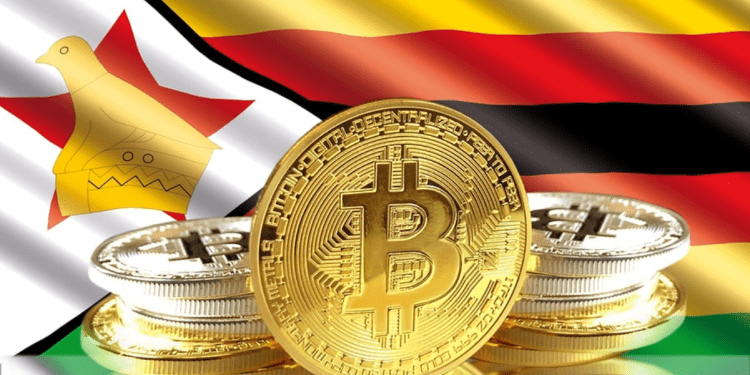- The Reserve Bank of Zimbabwe (RBZ) is nearing completion of its plan to issue a gold-backed digital currency.
- The central bank governor revealed this week that tokens worth 325.02 KG of gold have already been issued.
- The RBZ’s digital gold tokens will be used for everyday transactions in the project’s next phase.
The Reserve Bank of Zimbabwe (RBZ) is nearing completion of its plan to issue a gold-backed digital currency.
Based on the RBZ’s Gold-Backed Digital Token (GBDT), the digital currency will be backed by gold bullion held by the Central Bank.
The Reserve Bank of Zimbabwe is Expanding its Digital Gold Project
The GBDT, first announced in April, is intended to help stabilize the Zimbabwean dollar. It is also envisioned as a way for Zimbabweans to protect themselves against persistently high inflation.
RBZ Governor John Mangudya, while presenting the monetary policy statement on Wednesday (Aug. 9), revealed that as of July 21, the Bank had conducted 11 GBDT issuances.
He stated that the bank received 590 applications for tokens worth 325.02 KG of gold.
From Gold-Backed Tokens to CBDCs
Mangudya stated, “The Bank is at an advanced stage in the preparations for the eventual rolling out of GBDT for transactional purposes in Phase II of the project under the code or name ZiG, which stands for Zimbabwe Gold.”
He went on to say that Zimbabwe’s digital gold tokens would be used in place of US dollars in domestic transactions.
The RBZ is proposing to use GBDTs as a CBDC by converting them from a pure store of value to a currency used for everyday transactions.
However, the main distinction between GBDTs and most CBDCs is that few currency-issuing central banks keep gold reserves close to the currency’s value in circulation.
GBDTs’ Political and Economic Appeal
The growing importance of gold as a monetary policy instrument in underpinning Zimbabwe’s financial system harkens back to a time when central banks followed the gold standard.
Furthermore, the country’s venture into digital gold coincides with a growing interest in the concept among critics of fiat currencies.
For instance, the arguments in favor of GBDTs in the United States have become increasingly entwined with arguments against CBDCs. And both are based on a widespread fear of allowing too much power to be concentrated in the hands of the Federal Reserve.
It is no coincidence that Republican lawmakers have led efforts to ban CBDCs in Florida and to launch a GBDT in Texas. After all, the GOP’s various wings have become increasingly critical of the Fed in recent years.
In the end, both anti-CBDC policies and digital gold initiatives assert states’ economic autonomy. As such, they appeal to supporters of de-federalization who oppose overly centralized fiscal administration.














